1 Hiroshima Peace Memorial Park
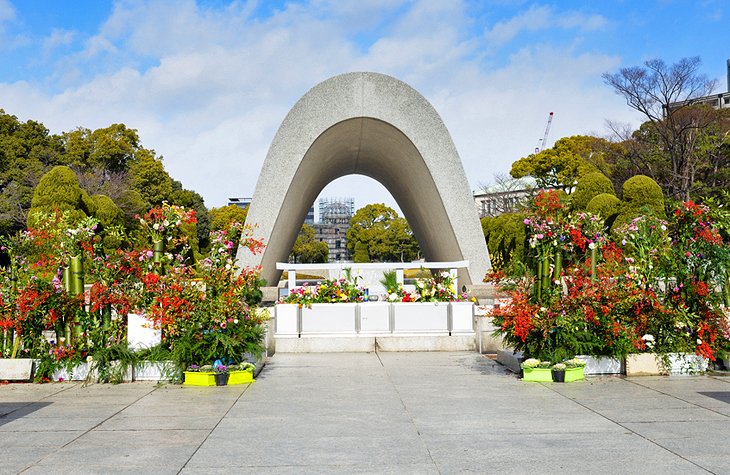
Hiroshima Peace Memorial Park
Created to symbolize the need for everlasting peace, Hiroshima Peace Memorial Park (Hiroshima Heiwa Kinen Kōen) commemorates the many victims of the world's first nuclear attack in August 1945. Located at the epicenter of the blast, in what was once a bustling part of the city, the park includes a variety of important monuments, memorials, and museums relating to the events of that fateful day and its aftermath. It attracts more than a million visitors each year. In addition to the grounds and gardens with their colorful cherry blossoms, highlights include the Peace Memorial Museum, the Memorial Cenotaph, and the Flame of Peace, as well as perhaps the site's best-known landmark, the Atom Bomb Dome comprising the ruins of the old Chamber of Industry and Commerce, which lay at the epicenter of the explosion. Also of interest are the Children's Peace Monument with its sculptures of a young girl holding a paper bird, and the Monument to the Victims of the Atomic Bomb, a concrete arch through which the Atom Dome can be seen.
2 The Island Shrine of Itsukushima
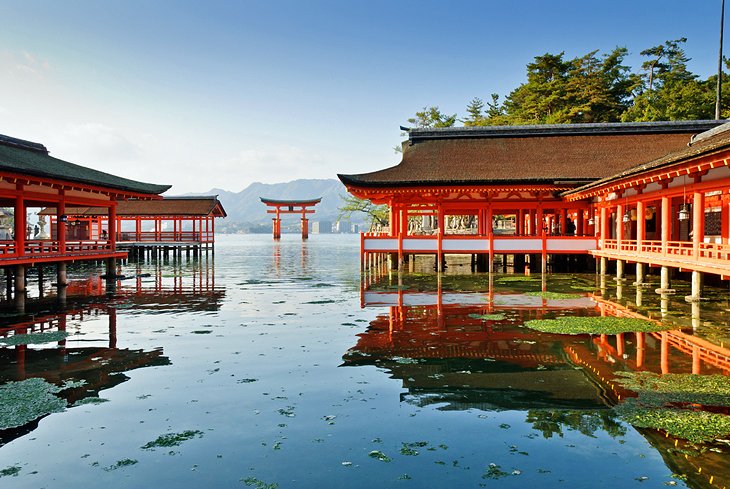
The Island Shrine of Itsukushima
Miyajima, the Shrine Island, is one of Japan's most important (and most visited) coastal sites. Covering some 30 square kilometers of Hiroshima Bay, the island is famous for Itsukushima shrine, dedicated to the Princesses Ichikishimahime, Tagorihime and Tagitsu-hime, daughters of the Shinto wind god Susanoo. First mentioned in AD 811, the shrine's buildings rise out of the waters of a small bay supported on piles and, at high tide, appear to float on water, presenting a picturesque and colorful spectacle with their red timber framing and white walls (the buildings are linked by covered gangways). Highlights include the Honden (Main Hall); the Offerings Hall (Heiden); the Prayer Hall (Haiden); the Hall of a Thousand Mats (Senjokaku); and, at the far end, the stage (Takabutai) used for cult dances (Bugaku, Kagura) and flanked by two music pavilions (dances are performed during festivals). Be sure to spend time exploring the island, famous for its exquisite gardens and wild, yet friendly deer.
3 Hiroshima Peace Memorial Museum
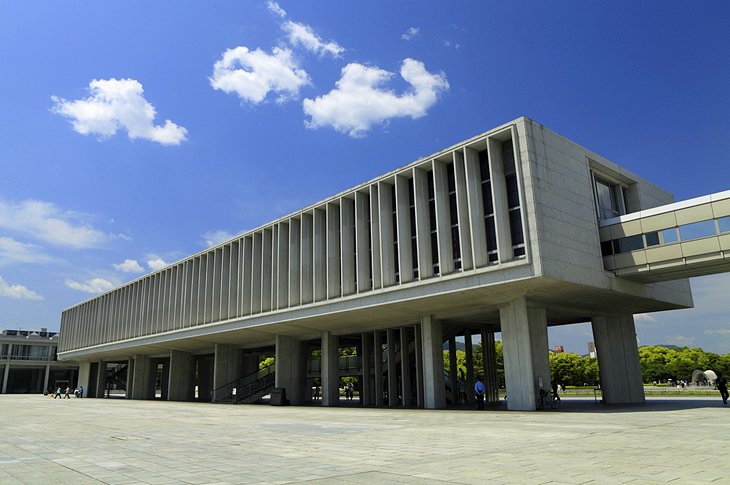
Hiroshima Peace Memorial Museum
A must-see when visiting Hiroshima Peace Memorial Park is the Peace Memorial Museum with its many chilling displays focusing on the atomic bombing of the city, as well as numerous exhibits dealing with the issue of world peace. Comprised of two rather starkly designed modern buildings, the museum contains numerous graphic exhibits conveying the stark reality of the atomic bombing. The east building tells of Hiroshima before and after the bombing, while the west building concentrates on the events of that fateful August day. One of the most popular of Hiroshima's tourist attractions, the Peace Memorial Museum attains more than a million visits a year from those wishing to learn about the city's destruction, the causes of the war, and its results.
Address: 1-2 Nakajima-cho, Naku-ku, Hiroshima, Chugoku 7300811
Official site: www.pcf.city.hiroshima.jp/top_e.html
4 Hiroshima Castle
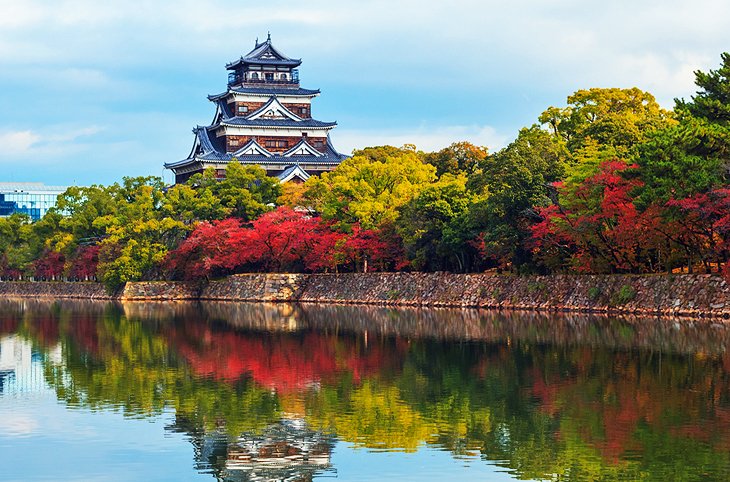
Hiroshima Castle
Also known as the Castle of Carp, Hiroshima Castle (Rijō) was built in 1593 as the residence of local nobleman Fukushima Masanori before passing into the possession of famous samurai Asano Nagaakira in 1619. The castle's lovely five-story main tower, fully reconstructed in 1958, contains an informative museum dealing with both the history of the city as well as the castle itself and also offers fine views over Hiroshima, the harbor, and the island of Miyakojima from its top floor. Of interest within the castle grounds are three trees that famously survived the atomic blast - a willow, holly, and eucalyptus - as well as a concrete bunker used for radio broadcasts after the bombing.
Address: 21-1 Motomachi, Naka Ward, Hiroshima, Hiroshima Prefecture 730-0011
5 Shukkei-en Garden
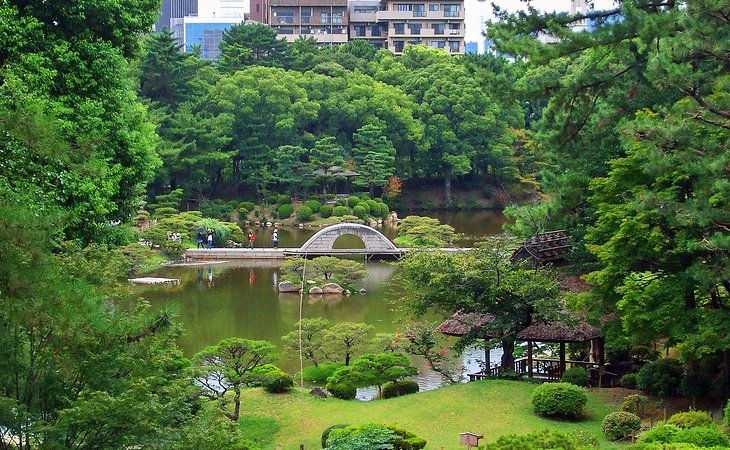
Shukkei-en Garden
On the banks of the Ōta River is the beautiful Shukkei-en Garden, an oasis of peace and tranquility splendidly laid out by Asano Nagaakira of Kyoto in 1620 in imitation of the famous landscaped garden on the Western Lake of the old South Chinese Sung Dynasty capital of Hangzhou. Once the home of Emperor Meiji, the gardens opened to the public after being donated to the city in 1940, and despite heavy damage from the nuclear attack of 1945, the gardens reopened in all their former glory in 1951. A highlight is simply walking its many garden trails and traversing its bridges while enjoying the abundance of pools and streams, which draw their water from the Ōta.
Address: 2-11 Kaminoboricho, Naka Ward, Hiroshima, Hiroshima Prefecture 730-0014
6 Memorial Cathedral for World Peace
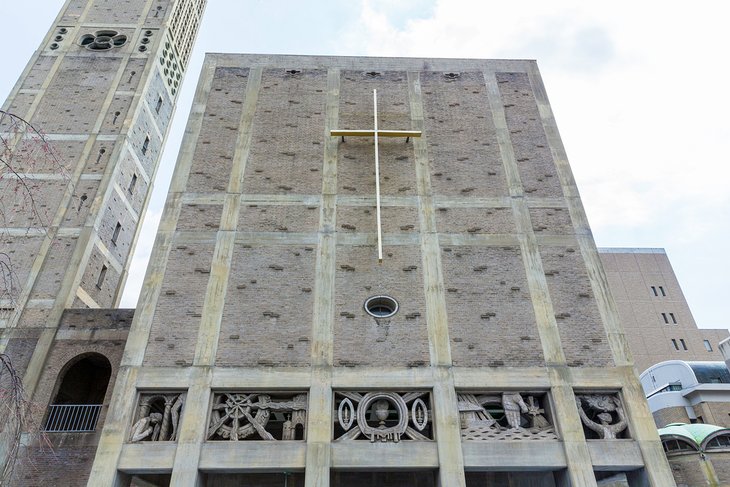
Memorial Cathedral for World Peace
One of the largest Roman Catholic churches in Asia, the huge grey Memorial Cathedral of World Peace was built in 1954 on the initiative of a German Jesuit priest named Hugo Lassalle who had experienced the explosion of the atomic bomb firsthand. Designed by leading Japanese architect Murano Tohgo, the building was largely paid for by contributions made by numerous countries and stands as testament to the ability of nations to work together when necessary. Highlights include the cathedral's four bells in the 46-meter-high tower, presented by the German town of Bochum; the splendid organ provided by the city of Cologne; the bronze doors by Düsseldorf; and the altar presented by Belgium.
Address: 4-42 Nobori-cho, Hiroshima
7 The Mitaki-dera and Fudoin Temples
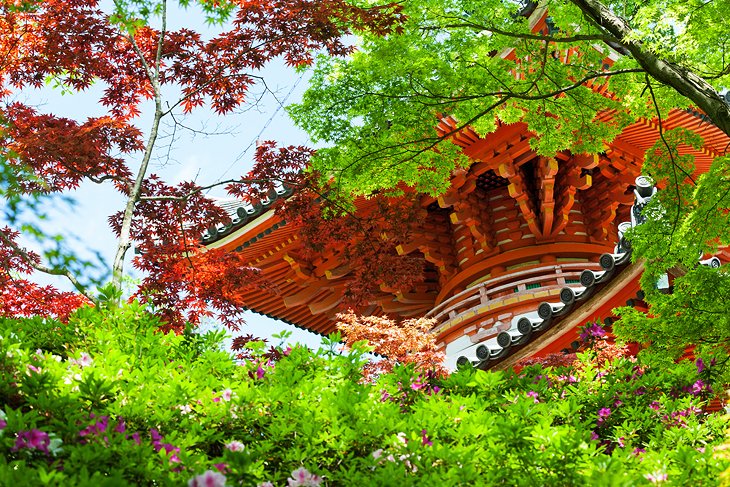
The Mitaki-dera and Fudoin Temples
Of Hiroshima's many fine historic temples, one of the most attractive is Mitaki-dera. Originally built in AD 809 and reconstructed after the war, the site is as famous for its splendid temple as it is for its beautiful grounds, which, come autumn, burst into an array of vibrant reds and golds as the maples change color. Also known as the Three Falls Temple for its location at the foot of Mount Mitaki, the temple is notable for its red-lacquered pagoda, Tahoto, and nearby waterfalls. Also worth visiting is the Fudoin Temple, a fine example of the architecture of the Muromachi period between the 14th and 16th centuries and notable for its Main Hall containing a carved statue that is designated a national treasure.
Address: 411 Mitakiyama, Nishi Ward, Hiroshima, Hiroshima Prefecture 733-0805
8 Hiroshima Museum of Art and Other Galleries
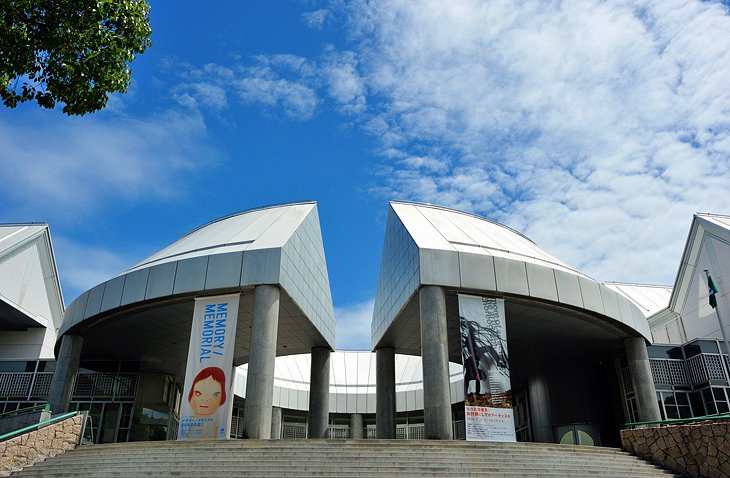
Hiroshima Museum of Art and Other Galleries
Consisting of eight galleries, the Hiroshima Museum of Art is just one of a number of world-class art galleries worth visiting. Highlights include a collection of paintings by European Masters such as Monet, Renoir, Degas, Maillol, and Picasso representing key movements such as Romanticism and Impressionism, along with leading Japanese artists such as Ryohei Koiso and Yuzo Saeki. Be sure to also visit the Hiroshima Prefectural Art Museum (Hiroshima Kenritsu Bijutsukan), opened in 1968 and focusing on the work of local artists, including collections of art related to the atomic bombing as well as a children's gallery. The Hiroshima City Museum of Contemporary Art (Hiroshima-shi Gendai Bijutsukan) is also worthwhile with its many permanent and temporary exhibits.
Address: 1-1 Hijiyama Koen, Minami-ku, Hiroshima 732-0815
Official site: www.hiroshima-moca.jp/main_e/index.html
9 Hiroshima City Transportation Museum and Other Museums
In addition to its many fine museums dealing with war and peace, Hiroshima boasts numerous other such attractions. One of the most popular is the Hiroshima City Transportation Museum (Hiroshima-shi Kōtsū Kagakukan) with its collection of old trams and streetcars, including the famous "A-Bomb Tram" that survived the devastation of 1945. For kids, a visit to the Hiroshima Children's Museum(Hiroshima-shi Kodomo Bunka Kagakukan) will entertain for hours with its many hands-on, interactive science displays and exhibits, as well as an excellent Planetarium. Also worth checking out are the Hiroshima City Ebayama Museum of Meteorology (Hiroshima-shi Ebayama Kishōkan), a fun place to explore weather and its effects, and the Hiroshima City Museum of History and Traditional Crafts with its displays related to local industry and agriculture.
10 Hiroshima City Asa Zoological Park
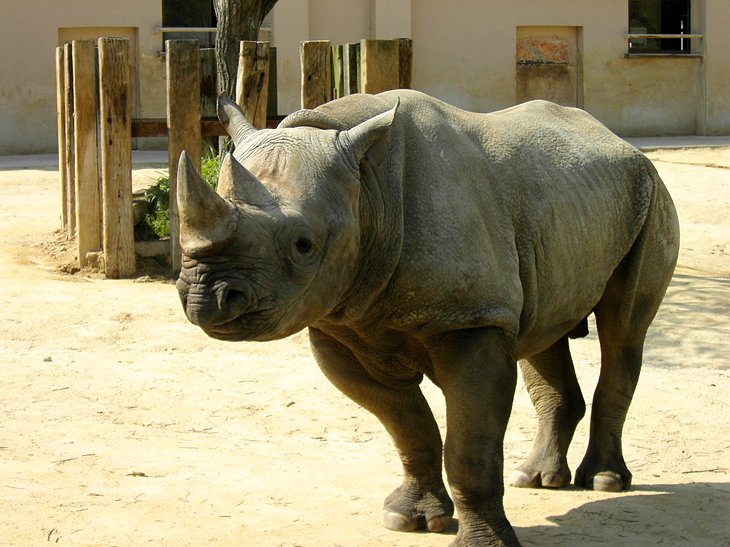
Hiroshima City Asa Zoological Park
Owned and operated by the city since it opened in 1971, the Hiroshima City Asa Zoological Park is a fun (and certainly less intense) diversion from the many sometimes somber, yet vitally important, museums and monuments in the area. Covering an area of close to 124 acres, the zoo is home to 170 species of animals, including native species such as lesser pandas and Japanese giant salamanders, along with African animals including lions, giraffes, and rhinos. A fun children's petting zoo is also on site. Located in the city's suburbs, the zoo is easily accessible from the city center by public transport. Hot Tip: If possible, take advantage of the special evening safaris held throughout the summer.
Address: Asacho Oaza Dobutsuen, Asakita Ward, Hiroshima, Hiroshima Prefecture 731-3355

No comments:
Post a Comment